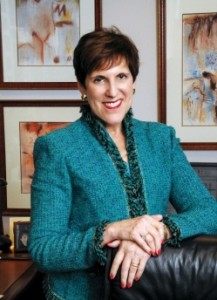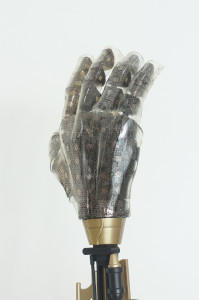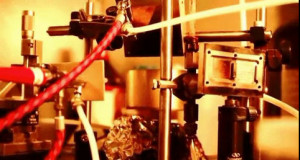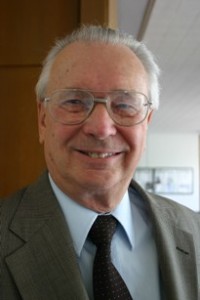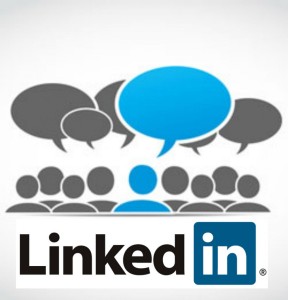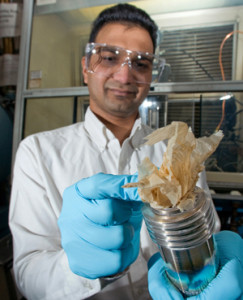If the complexities of polymer physics elude you, the scientists from the University of Warwick may have a way to more clearly explain this premise.
Davide Michieletto and Matthew S. Turner have taken to the kitchen in an effort to more clearly explain polymer complexities. In order to do this, the two physicists have created a new type of pasta called the “anelloni.”
The “annoloni” – which is the Italian word for “ring” – works as a sort of analogy to explain the complicated shapes that ring-shaped polymers can adopt.



